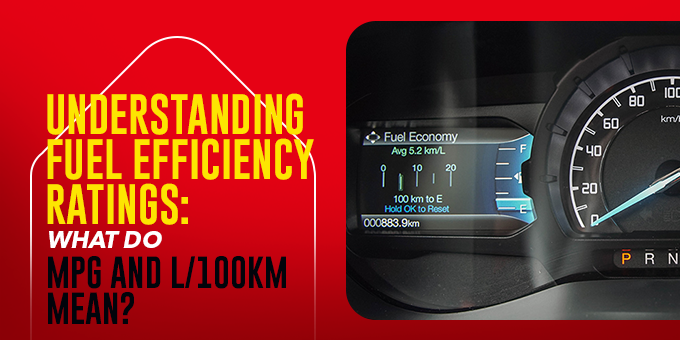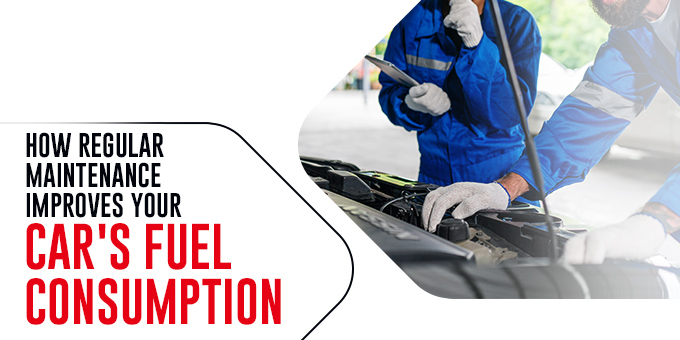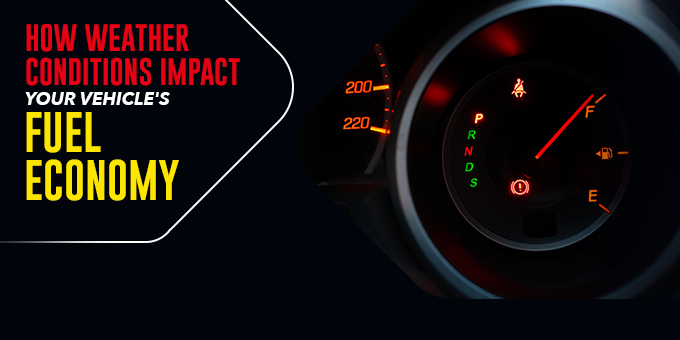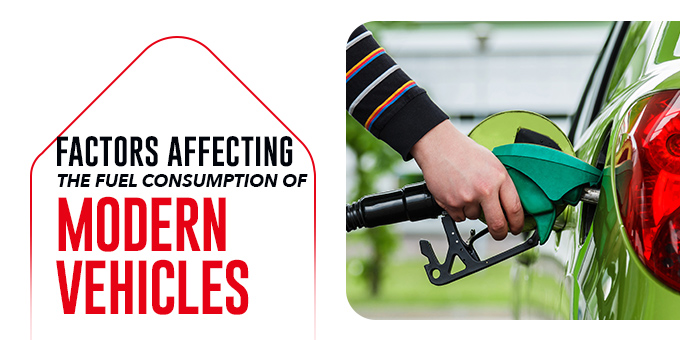Fuel efficiency ratings play a crucial role in determining how much fuel a vehicle consumes over a given distance. Whether you are buying a new car or trying to save money on fuel, understanding these ratings helps you make informed decisions. Two common fuel efficiency measurements are miles per gallon (MPG) and liters per 100 kilometers (L/100km). Each system provides valuable insight into a vehicle’s fuel consumption and overall efficiency.
What Are Fuel Efficiency Ratings?
Fuel efficiency ratings measure how far a vehicle can travel using a specific amount of fuel. These ratings are essential for drivers looking to reduce fuel costs and minimize environmental impact. Automakers and government agencies conduct standardized tests to calculate efficiency ratings, ensuring accuracy and consistency across different vehicles.
Higher fuel efficiency means a vehicle consumes less fuel for the same distance, resulting in lower expenses and reduced emissions. Several factors influence fuel efficiency, including engine size, vehicle weight, aerodynamics, and driving habits.
Understanding MPG: Miles Per Gallon
Miles per gallon (MPG) is the principal fuel efficiency metric in the United States and the United Kingdom. This measure reflects how many miles a vehicle can drive on one gallon of fuel. A higher MPG rating indicates better fuel efficiency, meaning the car requires less fuel to cover a given distance.
There are three common types of MPG ratings:
- City MPG – Measures fuel consumption in urban settings with frequent stops and slow speeds.
- Highway MPG – Represents efficiency on open roads with consistent speeds and fewer stops.
- Combined MPG – Averages city and highway ratings to provide a more comprehensive efficiency estimate.
The Environmental Protection Agency (EPA) in the United States tests and verifies these ratings, allowing consumers to compare vehicles before making a purchase.
Understanding L/100km: Liters Per 100 Kilometers
Liters per 100 kilometers (L/100km) is the standard fuel efficiency measurement in Europe, Canada, and many other countries. Instead of measuring how far a vehicle can travel per unit of fuel, this system calculates the amount of fuel needed to cover a distance of 100 kilometers.
A lower L/100km rating signifies better fuel efficiency since the vehicle consumes less fuel to travel the same distance. Like MPG, L/100km ratings vary based on driving conditions:
- Urban L/100km – Represents city driving with frequent stops.
- Highway L/100km – Measures fuel consumption on highways with steady speeds.
- Combined L/100km – Provides an overall efficiency average based on both conditions.
MPG vs. L/100km: Key Differences and Conversions
MPG and L/100km serve the same purpose but use different measurement methods. Since one measures distance per fuel unit while the other measures fuel per distance, their numerical values move in opposite directions. A higher MPG value indicates better efficiency, while a lower L/100km rating represents the same improvement.
Converting between the two requires a simple formula:
- To convert MPG to L/100km: 235.21 / MPG
- To convert L/100km to MPG: 235.21 / L/100km
For example, a car with 30 MPG is equivalent to 7.84 L/100km. Similarly, a vehicle with 5 L/100km fuel consumption equals 47.04 MPG.
Why Fuel Efficiency Ratings Matter
Fuel efficiency ratings provide valuable insights for both consumers and environmental advocates. Drivers benefit from cheaper fuel costs, while lower fuel usage reduces greenhouse gas emissions. Fuel-efficient automobiles also help to minimize reliance on fossil fuels, so encouraging sustainable energy practices.
Moreover, governments and regulatory agencies use efficiency ratings to establish emission standards and encourage the production of fuel-efficient vehicles. Automakers continuously improve engine technologies, aerodynamics, and hybrid systems to achieve better fuel economy and meet global efficiency standards.
Factors That Affect Fuel Efficiency
Many variables influence a vehicle’s fuel efficiency, including mechanical, environmental, and behavioral factors. Understanding these elements helps drivers maximize efficiency and reduce fuel expenses.
Vehicle Weight and Aerodynamics
Heavier vehicles require more energy to move, leading to increased fuel consumption. The aerodynamic design also plays a role, as cars with streamlined shapes experience less air resistance, improving efficiency.
Engine Size and Technology
Further, smaller engines generally consume less fuel, but advanced technologies such as turbocharging and hybrid systems enhance performance without sacrificing efficiency. Modern vehicles incorporate fuel-saving innovations, including direct injection and variable valve timing.
Driving Habits and Road Conditions
Additionally, aggressive driving, frequent acceleration, and excessive idling increase fuel consumption. Maintaining steady speeds and reducing unnecessary braking improve efficiency. Road conditions, such as traffic congestion and elevation changes, also impact fuel consumption.
Tire Pressure and Maintenance
Underinflated tires increase rolling resistance, forcing the engine to work harder and consume more fuel. Regular car maintenance, such as oil changes and air filter replacements, improves fuel economy.
How to Improve Your Vehicle’s Fuel Efficiency
Drivers can adopt simple habits to enhance their vehicle’s fuel efficiency and minimize fuel expenses. Following these strategies ensures optimal performance and sustainability.
Maintain a Steady Speed
Consistent speeds improve efficiency by reducing the need for acceleration and braking. Using cruise control on highways helps maintain an even pace and conserves fuel.
Reduce Excess Weight
Furthermore, carrying extra things can make a car heavier, which uses more fuel. Efficiency is increased by taking some of the extra weight off.
Keep Tires Properly Inflated
Checking tire pressure regularly ensures optimal rolling resistance, enhancing fuel efficiency. Properly inflated tires reduce strain on the engine and improve overall performance.
Plan Efficient Routes
In addition, avoiding congested areas and selecting routes with fewer stops and turns reduces fuel consumption. Navigation apps help identify the most efficient paths.
Limit Idling Time
Fuel is consumed while the car is idling. When stopping for a long time, turning off the engine can help conserve fuel.
The Future of Fuel Efficiency Ratings
As technology advances, fuel efficiency ratings continue to evolve. Electric vehicles (EVs) and hybrid systems redefine traditional fuel consumption metrics, focusing on energy efficiency rather than gasoline usage. Governments worldwide implement stricter fuel economy standards, encouraging automakers to develop vehicles with lower emissions and higher efficiency.
Alternative fuels, including hydrogen and biofuels, contribute to reducing dependency on fossil fuels. As the automotive industry shifts toward sustainability, fuel efficiency ratings remain essential for evaluating vehicle performance and environmental impact.
Conclusion
Understanding fuel efficiency ratings helps drivers make informed decisions about vehicle selection and fuel consumption. Whether using MPG or L/100km, these measurements provide valuable insights into a car’s efficiency. Converting between the two ensures clarity when comparing vehicles from different regions. By adopting fuel-saving habits and maintaining vehicles properly, drivers can maximize efficiency and reduce fuel costs. As technology progresses, the future of fuel efficiency promises innovative solutions that benefit both consumers and the environment.




